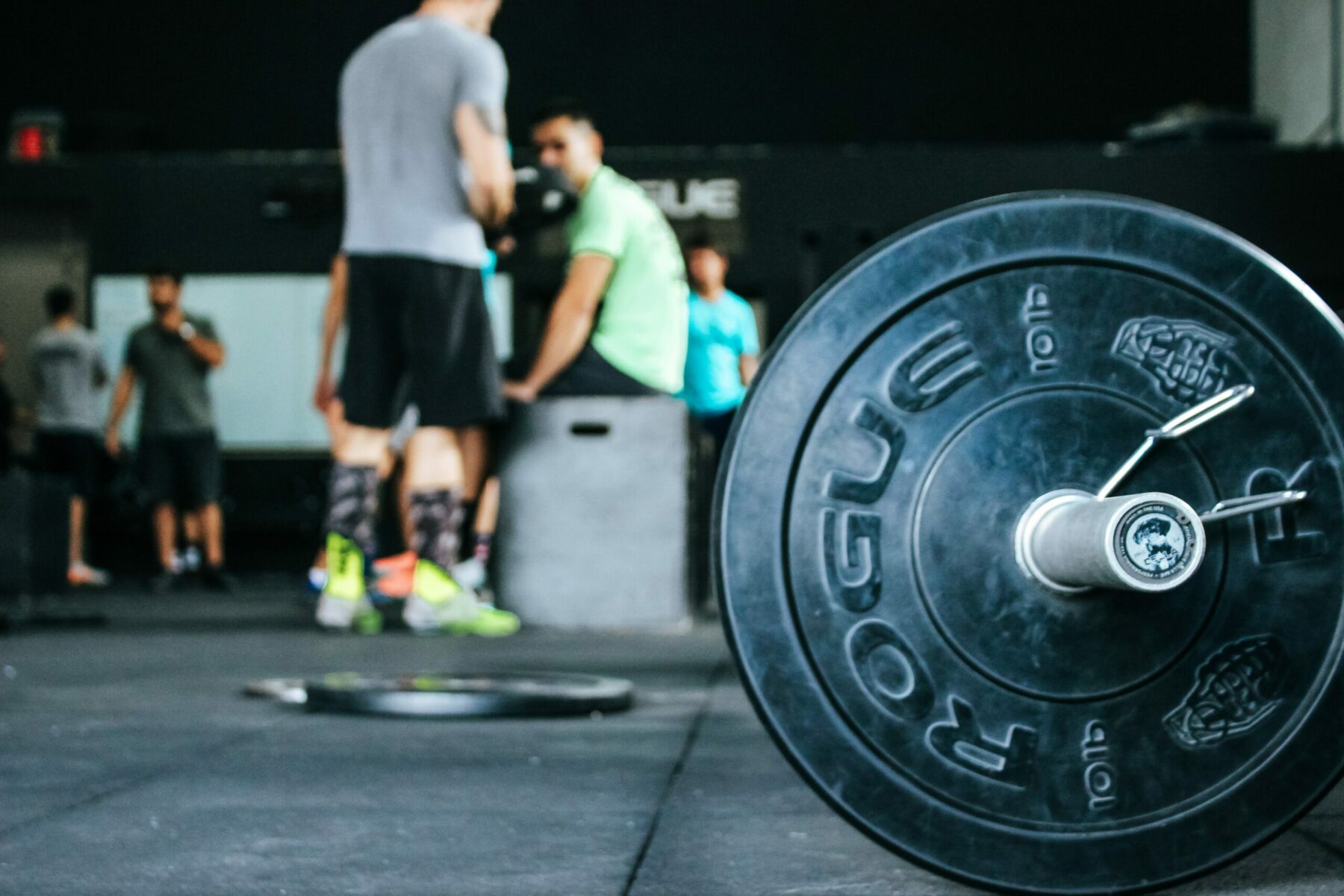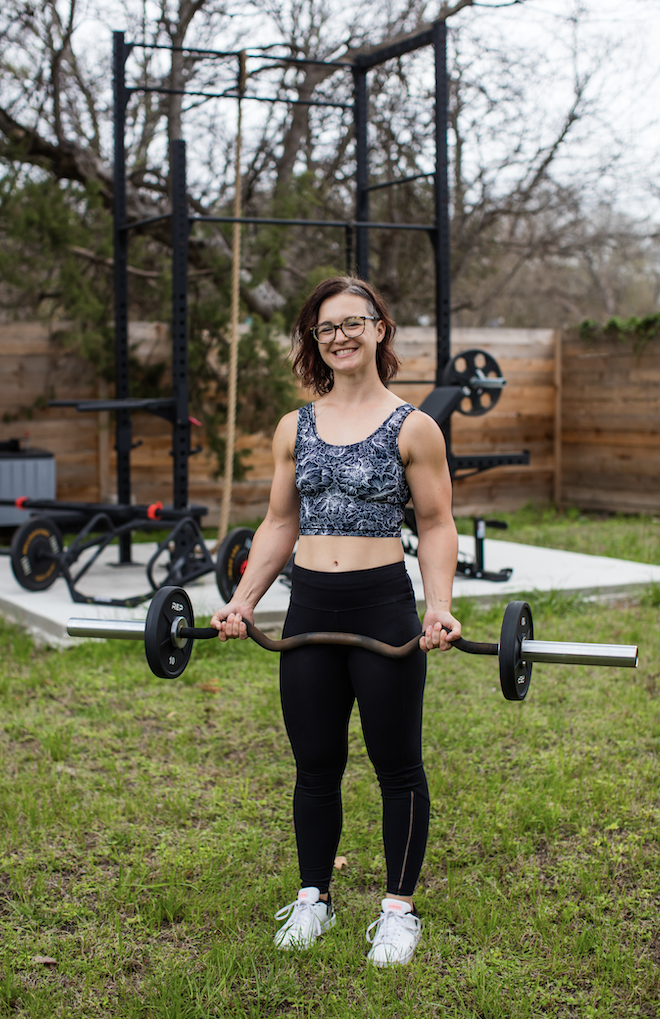Structuring Your Strength Workouts

Getting to the gym might be the easy part, but what to do now that you’re there? You’ve got a general idea of what your goals are — strength, muscle, energy — but no idea how to get there.
A personal trainer is a great investment if you can afford it. But if you have budget restrictions, a challenging schedule or just want to fly solo, it can be daunting to figure out how to best structure your training sessions to avoid feeling like you’re spinning your wheels.
Here’s the truth about strength training — it’s not complicated. Slow and steady wins the race, and structuring basic workouts in a way that includes a progressive overload will hit most goals.
The Strength Training Split

The most common question people have about strength training programming is how to structure the split. There is no definitive right or wrong answer to this, and it depends heavily on how many days per week you’ll be hitting the gym.
If you have three days per week to dedicate to sessions, the simplest split is leg day, push day and pull day. This allows for an efficient strength training program that is easy to plan. For example:
Day 1 – Legs: Squats and squat variations, single leg work, leg presses
Day 2 – Push: Overhead press variations, chest, shoulders, triceps
Day 3 – Pull: Deadlifts and deadlift variations, back, biceps
If you have five days per week to dedicate to sessions, you can break it down even further and dedicate entire sessions to muscle groups.
Day 1 – Squats: Squats and squat variations, single leg work, leg presses, quads
Day 2 – Chest: Bench press and chest press variations, fly variations, pushups
Day 3 – Deadlifts: Deadlift and deadlift variations, hamstrings, lats/back work, grip training and carries
Day 4 – Shoulders: Overhead press variations, front and lateral raise variations, overhead carries, stability work like Turkish get-ups and rollouts
Day 5 – Supplemental: If your training goals are performance-based and you have sticking points on your barbell training, use this day for drills that improve your weak points. Paused squats, pin presses, partial deadlifts, rack pulls — anything that helps drill and strengthens the weak points in your lifts that are preventing progress. You can also add in fun supplemental work that makes you feel good — biceps and triceps, ab-focused work, whatever makes you feel the burn and doesn’t impact your recovery for big days.
Structuring Sets and Reps

If you are focusing on barbell training as one of your goals and building strength there, each session should start with your main lift after a gentle stretch and warmup. That way, you can expend more energy on big lifts and see real progress over time. If you’re working on getting stronger on squats, deadlifts, and bench and barbell presses, start with warmup sets to get moving at a lighter weight, and then do your working sets of three to five, at five reps each.
If you are focusing on bodybuilding and accessory work using dumbbells, cable machines, kettlebells and other small equipment, plan for three to five sets of 10 reps. The last two to three reps of each set should be challenging but manageable. If you don’t lose form, use the same weight for all sets until it’s feeling easier, then increase the weight at your next session. If you can’t perform all your sets with the same weight, lighten it to a weight that you can perform or decrease your rep count to eight and move up in weight once you can perform a full 3×10 or 5×10 set.
By progressively overloading as you get stronger, you will gain strength and your physique will change naturally as a result of your strength gains. Be sure to perform your movements with good form, and don’t let your ego get in the way. If the form is slipping or you have to engage parts of your body that shouldn’t be actively working on a particular lift, drop the weight, focus on form and bring it back up when you’re ready.
Tracking Workouts and Progress
Like anything, the most successful way to make progress is to write down your plan. Some people prefer an old-school pen and paper, some use their phones and some use training apps. Whatever method you can stick to is what you should use. Plan your workout session before arriving at the gym or at least know which moves you plan to do that day. Record your sets, reps and weight so you know where to go from each week. Don’t be shy about recording your lifts so you can assess your form and make adjustments as needed. Your training log becomes an important reminder of how far you’ve come!

Consistency is Key
While many fitness influencers will tell you to constantly change the movements in your workouts, that’s not necessarily true. If you’re looking to gain strength and muscle, consistency is key. Start with the same movements each week or a rotation of the same basic movements. The more trackable your sessions are, the easier it will be to progress over time and see your progress. Strength training progressions can be rep-based, weight-based or, more often, both. They are a slow and steady build over time by sticking to a consistent training plan. To build strength, plan well and train well, remember you’re in this for the long haul.
About the Author

Sarah Leahy is a Minneapolis transplant in East Austin, certified personal trainer, award-winning interior designer and former gym owner. She offers in-person and online training with an emphasis on strength training and building confidence in and out of the gym. Leahy’s passion for strength extends to your business, with a full offering of gym design and business consulting services.






